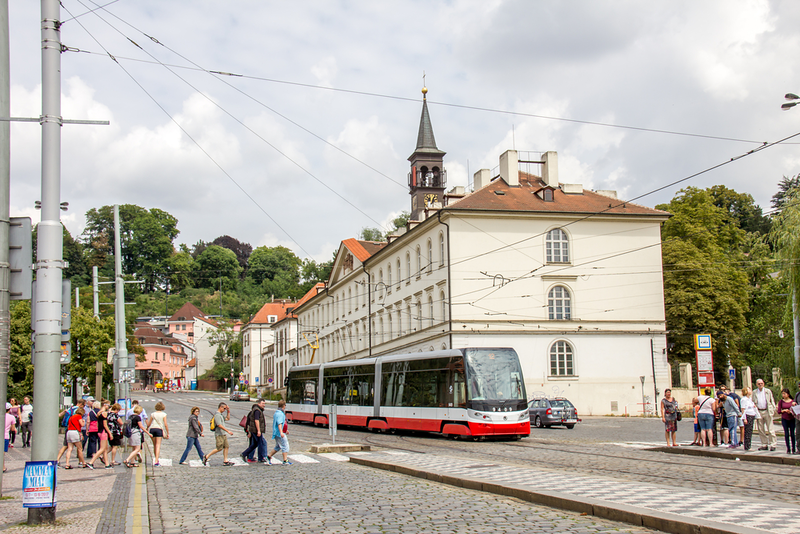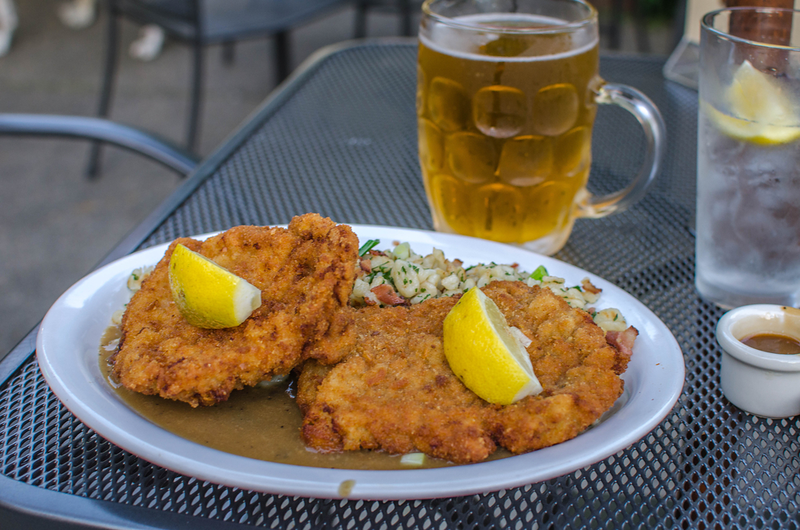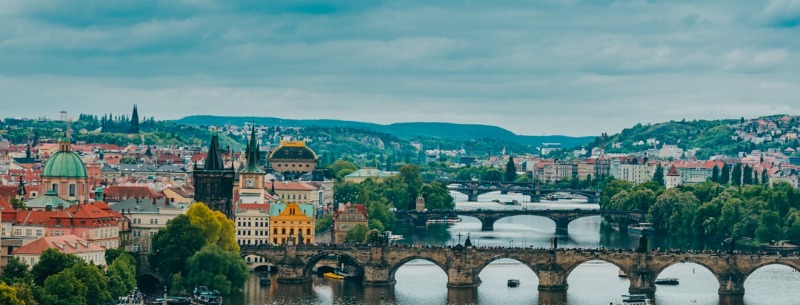2024 Living in Prague, Czech Republic Costs
In comparison to other European countries and major cities, the Czech Republic and its capital, Prague, have relatively low living costs. In Mercer’s 2020 Cost of Living Survey, Prague was ranked 97th out of 209 cities, far behind cities like London, Dublin, and Milan.
Prague, the capital city of the Czech Republic, is one of the most beautiful cities on Earth. I’m not sure about the exact number of expats who live in this place, but I do now that there are quite a few foreigners who temporarily settle here. Personally, I have had an amazing experience living in Prague, and I honestly recommend it to anyone looking for a European city to live in. The cost of living in Prague is more than welcoming (especially if you’re from North America), and the atmosphere is charming, so let’s get into what you really need to know.
While education, housing, restaurants, hotels, and recreation prices are about average on a global basis, health care, transportation, and communications costs (home telephone rental, internet subscription, mobile tax and data costs, and so on) are low when compared to those of other countries. The prices of alcohol, tobacco, and groceries are extremely low. Only clothing, furniture and appliances, and miscellaneous items – such as magazines, dry cleaning, and domestic help – are prohibitively expensive.
Prague Housing Costs
In general, the cost of living and utilities in the Czech Republic is comparable to the rest of Europe, though the cost of living is rising. Prague, in particular, has a higher demand for accommodation, making it more expensive than in smaller towns or cities.
For the first week, I stayed in a shared apartment in a suburb of Prague, and it cost me around 65 USD. If you do a bit of math, this means that a monthly price would be around 260 USD. The location was a bit further from the center (roughly 20 minutes by foot + subway), but it was well worth it.
For the remainder of my time (an entire month), I rented a studio for about 500 USD a month. I have to point out that this was a BARGAIN as downtown studio rent prices in Prague can go up to 900 USD for the same time period.
Finding a place to stay can be hard or easy depending on when you come here, as Prague tends to be very crowded during certain months of the year, namely July and August. If you come in spring or fall, the chance of finding an apartment for a good price, in a nice location is significantly higher.
Cost of Transportation in Prague
The cost of living in Prague is made much more affordable if you factor in transportation costs. Transportation in Prague is dirt cheap, and 23 USD will get you a monthly pass for metro, buses, and trams. The subway is well organized, efficient, and easy to get around with plenty of stations reachable by foot in most parts of the city. It runs 7 days a week from early morning until midnight. After midnight, you’ll have to settle for a tram or bus. However, only a small number of lines still operate during the late night hours.

Taxi prices are not exactly the cheapest, and you should be careful as there are some drivers who will take you on a tour of the city instead of driving the shortest route to your desired location. A legitimate cab can cost you up to 25 USD within the distance of 20 kilometers, which includes the center and the surrounding areas. My advice would be to stick to the public transportation and get a taxi only as a last resort.
Cost of Food and Beers in Prague
Plenty of tourists who come here do it for the beer, as the Czech Republic is known as the manufacturer of some of the best lagers in the world. If you are one of those people, you’ll be delighted to know that beer is excellent and super cheap! A half liter domestic beer at a pub will cost you around 1.5 USD, while imported brands go for 2.3 USD.

Coffee is also very affordable, and the usual prices are anywhere between 1.5 USD to 3.5 USD. Cafes in the old town Prague core usually charge more than those elsewhere in the city.
A meal in a restaurant in Prague can be as cheap as 6 USD, and it goes up to 15-16 USD on average. Again, downtown eateries often pose as tourist traps and might overcharge for mediocre quality food, so be sure to ask a local about where to eat. The signature dish of Prague is the infamous koleno (pork knuckle), and it is absolutely enormous! I suggest you try it.
Fast food chains are plenty in Prague and can be found anywhere in the city. KFC, McDonald’s, Burger King, you name it, they’ve got it all. This can be a quick and cheap option if you’re looking for a bite, and a Big Mac, for example, costs around 3.5 USD.
Grocery Shopping
The cost of living in Prague is also greatly reduced if you shop in supermarkets. Grocery shopping is done at a grocery store, supermarket, or the weekly farmer’s market in the city center. Food shopping is very affordable, and many discount stores have student-friendly prices.
A liter of milk and a loaf of bread go for a dollar, and a kilogram of chicken breast is 6 USD. I highly recommend that you prepare your own food if you’re traveling on a budget. One last thing – some Czech beers in the supermarket cost 0.5 USD for a half liter bottle!
Final World
As you can see, the cost of living in Prague is a pretty affordable and very attractive place to live in. For those who aren’t good at math, a 1000 USD should be more than enough to comfortably spend a month in this city. If you haven’t been here, make sure to do so as soon as possible! There’s so much to see and do, and it would be a real pity not to experience it for yourself.
